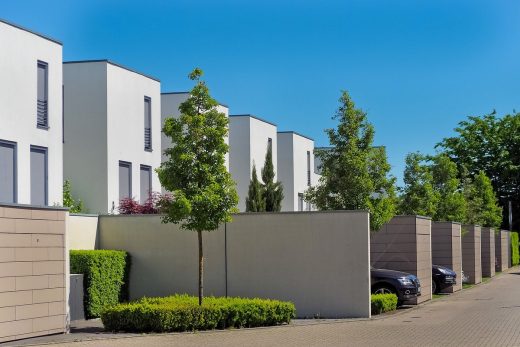Design and build contract in property projects, House building advice, Home construction design tips
Design and Build Contract in Property Projects
2 June 2021
What You Need to Consider?
The construction sector in the UK remains a vast and deceptively important industry, and one that generates more than £110 billion per annum to the region’s economy.
Overall, it’s thought that construction contributes approximately 7% of gross domestic product (GDP) to the national economy on these shores, making it an incredibly important industry in an age that’s increasingly dominated by ecommerce and online commercial ventures.
But what’s a design and build contract in property projects, and what are the key considerations when agreeing such as arrangement?
What’s the Role of Design and Build Contractor Companies?
The term ‘design and build’ is often used to describe a procurement route in construction, through which a lead contractor is appointed to design and construct properties (particularly in the commercial realm).
This is directly opposed to the traditional contract route, where the client appoints consultants to design the development in question before a contractor is hired to bring this creative vision to life.
In this respect, a design and build contractor will oversee an entire construction production from its inception to completion, including the initial design and planning and meeting various employer’s requirements.
This is seen as one of the primary benefits of design and build contracts, as they can be seen as giving a single point of accountability for the entire project and minimising the risk of conflict between separate design and build teams.
What are the Challenges With Design and Build?
However, there are also multiple risks and challenges associated with design and build contracts, many of which have been explored through various studies in recent times.
Interestingly, the most important risk factor in defective design, which stems from the simple fact that builders and construction firms (who are most likely to tender for design and build contracts) often don’t possess advanced architectural skills.
This can undermine the viability of your project from the outset, as it may manifest in long-term issues relating to the practicality of your design and the delivery of the project within a predetermined time and budget.
As a result, design and build contracts can lead to significant changes and delays in work over time, which may also translate into significant financial costs and (in the worst case scenario) legal challenges.
How Can You Mitigate This Risk?
Despite the potential impact of these challenges, there’s still considerable value to design and build contracts, especially for smaller projects that operate on a relatively low budget.
The key is to mitigate the contract’s inherent risks, which can be achieved by investing in the right construction insurance that adequately protects your specific project and individual staff members.
We’d also recommend performing due diligence when considering tenders, as this will ensure that you employ reputable design and build contractors who boast expertise in the field of architecture and can manage challenging project factors such as health and safety.
Similarly, it’s important to ensure that your design and build contracts treats and pays their employees adequately, as this will prevent issues such as modern slavery and hopefully increase the safety and productivity on-site.
Comments on this guide to Design and build contract in property projects help guide article are welcome.
Building Articles
Residential Architecture
Comments / photos for the Design and build contract in property projects advice page welcome






